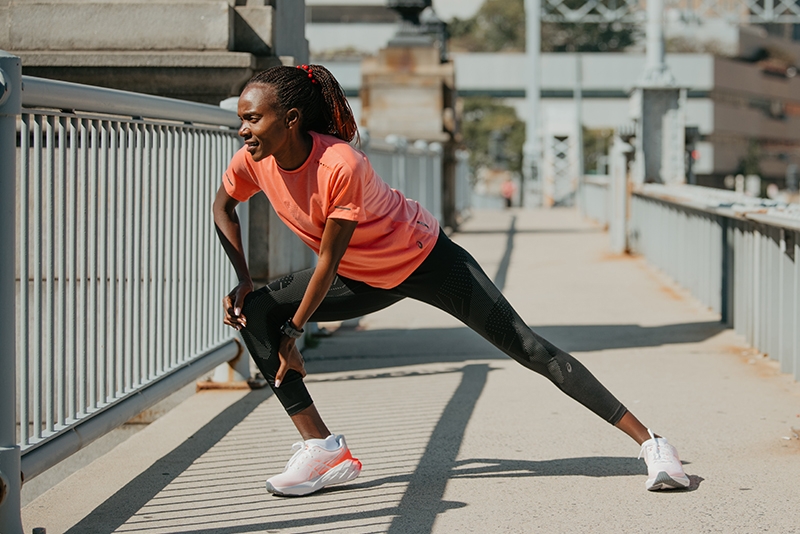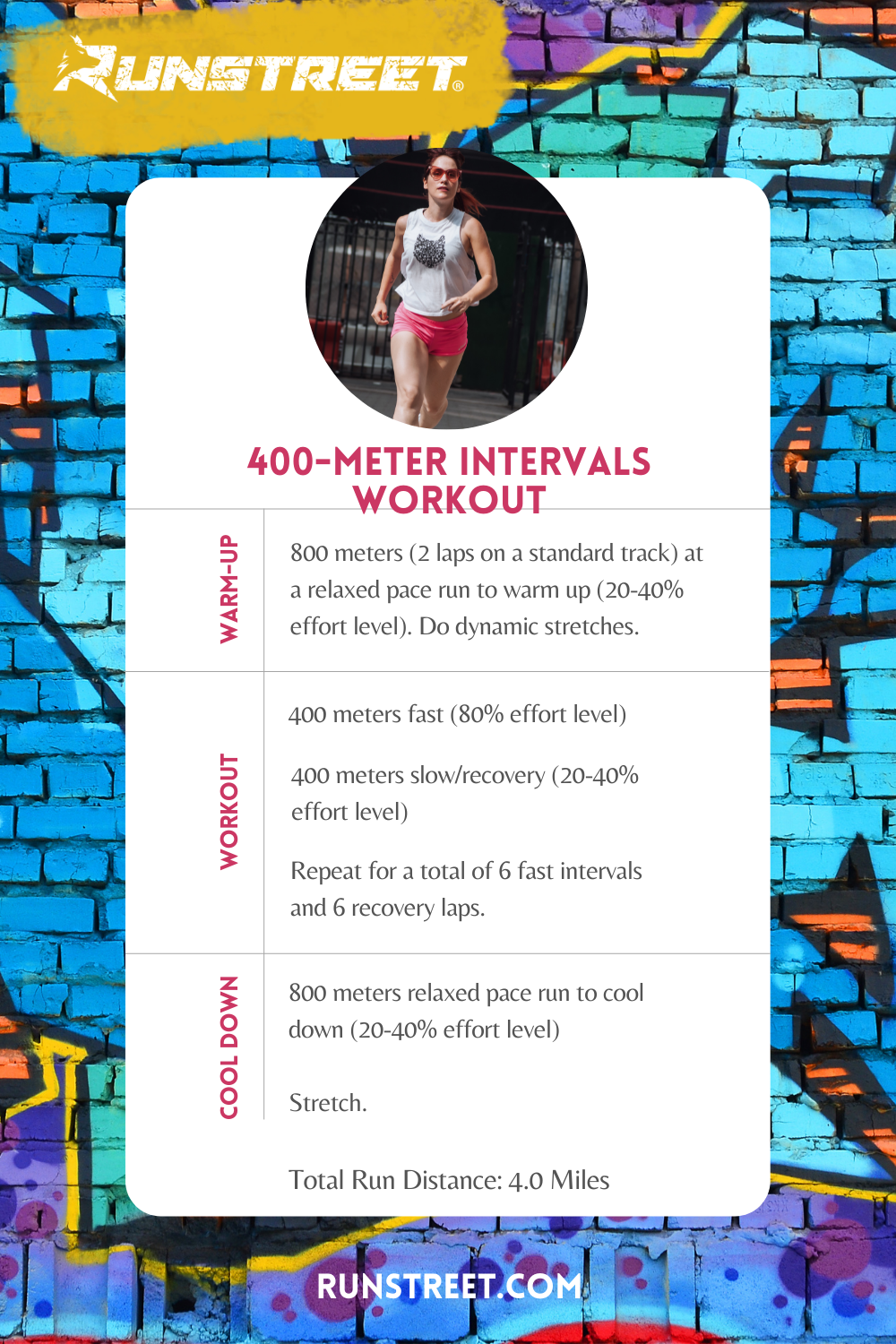Enhance Your Running Workout: Expert Strategies Revealed
Enhance Your Running Workout: Expert Strategies Revealed
Blog Article
Handling Common Running Pains: Causes, Solutions, and Avoidance
As joggers, we often encounter numerous discomforts that can prevent our performance and enjoyment of this physical task. By discovering the origin reasons for these running discomforts, we can uncover targeted solutions and precautionary actions to guarantee a smoother and more meeting running experience.
Usual Running Pain: Shin Splints
Shin splints, an usual running pain, often result from overuse or inappropriate shoes during physical activity. The recurring stress and anxiety on the shinbone and the cells connecting the muscular tissues to the bone leads to inflammation and discomfort.
To protect against shin splints, individuals need to slowly boost the strength of their exercises, use proper footwear with appropriate arch support, and keep flexibility and strength in the muscular tissues surrounding the shin (running workout). In addition, incorporating low-impact tasks like swimming or biking can assist maintain cardiovascular fitness while enabling the shins to heal.
Typical Running Pain: IT Band Syndrome
Along with shin splints, an additional prevalent running discomfort that professional athletes usually run into is IT Band Syndrome, a problem triggered by inflammation of the iliotibial band that runs along the external thigh and knee. IT Band Disorder generally manifests as pain on the outside of the knee, particularly during activities like running or biking. The iliotibial band is a thick band of fascia that links the hip to the shin, and when it becomes swollen or tight, it can massage versus the thigh bone, leading to discomfort and discomfort.
Runners experiencing IT Band Syndrome may discover a stinging or hurting experience on the external knee, which can get worse with continued task. Factors such as overuse, muscle mass discrepancies, incorrect running kind, or insufficient workout can add to the growth of this condition. To avoid and alleviate IT Band Disorder, runners should concentrate on extending and strengthening workouts for the hips and upper legs, appropriate footwear, progressive training development, and resolving any type of biomechanical problems that might be intensifying the issue. Overlooking the symptoms of IT Band Syndrome can cause persistent issues and long term healing times, highlighting the relevance of very early intervention and correct administration techniques.
Usual Running Discomfort: Plantar Fasciitis

Plantar Fasciitis can be credited to different factors such as overtraining, inappropriate footwear, running on hard surface areas, or having high arcs or level feet. To protect against and reduce Plantar Fasciitis, runners can integrate extending workouts for the calves and plantar fascia, use helpful footwear, preserve a healthy weight to minimize pressure on the feet, and gradually increase running intensity to stay clear of abrupt tension on the plantar fascia. If signs persist, it is recommended to speak with a medical care specialist for appropriate diagnosis and therapy alternatives to resolve the problem efficiently.
Common Running Pain: Runner's Knee
After dealing with the challenges of Plantar Fasciitis, an additional prevalent problem that runners often face is Jogger's Knee, a common running discomfort that can impede athletic performance and create pain throughout physical activity. Jogger's Knee, additionally recognized as patellofemoral pain disorder, materializes as pain around or behind the kneecap. Joggers experiencing this pain might feel a dull, aching pain while running, going up or down stairs, or after prolonged durations of sitting.
Typical Running Discomfort: Achilles Tendonitis
Frequently afflicting joggers, Achilles Tendonitis is a painful condition that affects the Achilles tendon, creating pain and potential restrictions in physical task. The Achilles ligament is a thick band of tissue that links the calf bone muscular tissues to the heel bone, crucial for activities like running, jumping, and strolling - my site. Achilles Tendonitis typically establishes due to overuse, inappropriate shoes, poor stretching, or unexpected boosts in exercise
Signs And Symptoms of Achilles Tendonitis consist of pain and stiffness along the ligament, especially in the early morning or after durations of lack of exercise, swelling that worsens with task, and perhaps basics bone stimulates in persistent instances. To avoid Achilles Tendonitis, it is crucial to extend effectively before and after running, use proper footwear with proper support, slowly enhance the intensity of workout, and cross-train to lower repetitive stress on the tendon.
Conclusion

Report this page